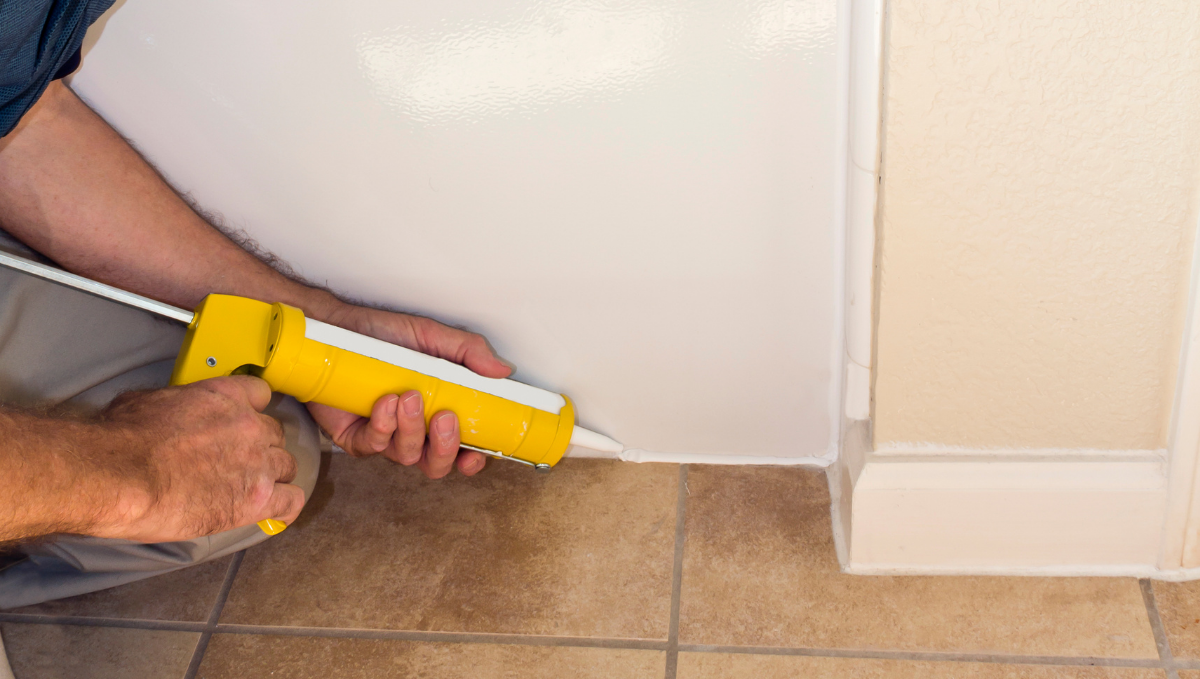 The Insurance Bureau of Canada (IBC) reported that water damage is a leading cause of damage and loss. These losses add up to close to $2 billion every year.
The Insurance Bureau of Canada (IBC) reported that water damage is a leading cause of damage and loss. These losses add up to close to $2 billion every year.
While you should make a point of checking all your appliances on a regular basis for rust, electrical issues and wear and tear, it is especially important to check appliances that are connected to water. Water-connected appliances are known to leak and can cause severe damage to floors, walls, cupboards and anything else nearby.
Learn how to protect your property from potential water issues with these simple tips:
Check appliance water supply lines
On a regular basis, check your refrigerator’s water line for cracks, kinks and other signs of wear and tear.
Check your water valves
Do you know where to locate your main water valve? If not, locate it before there’s a water emergency, and flag it with tape or a tag to help people spot it.
Check your water heater
The external pipe of your water heater should be checked for corrosion or “crystal-like deposits” in white, blue or green. You should also be mindful of the water heater’s age and warranty.
Double-check your bathroom
This includes checking your sink fittings and connections for plumbing issues, checking the caulking around your tub or shower for cracks or missing caulking, and checking the inside of your toilet’s tank for corrosion or degradation. If anything shows signs of wear and tear, replace them before they cause damage.
Check outside the house
At least once a season, check your air conditioning for signs of cracks and leaks. An overflow sensor switch in the pan will shut off the air conditioning system if the pan is full. A leaking pan or malfunctioning sensor can lead to a bigger issue.
Not sure if you’re covered against water damage? It is the responsibility of licensed insurance professionals to assist in foreseeing what possibly could happen on a customer’s property and making owners aware of these issues, including water-based losses. To learn more, get in touch with us today.
Sources:
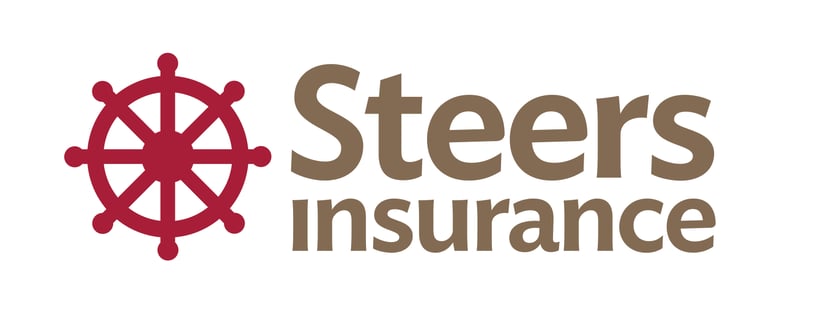

 ;
;
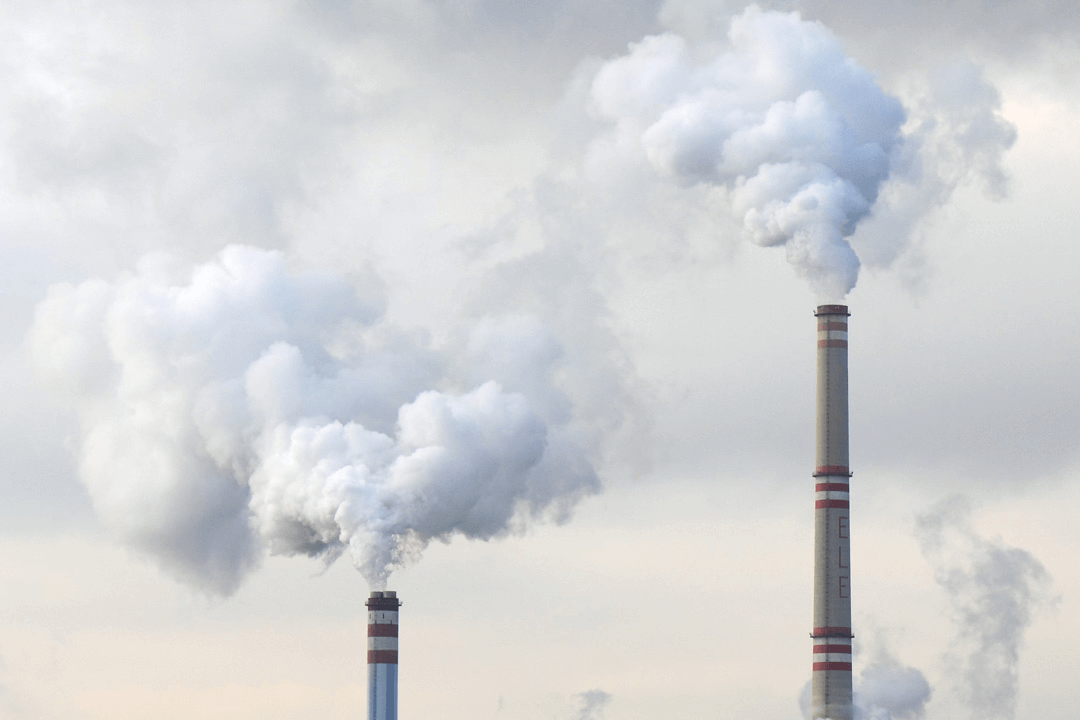 ;
;
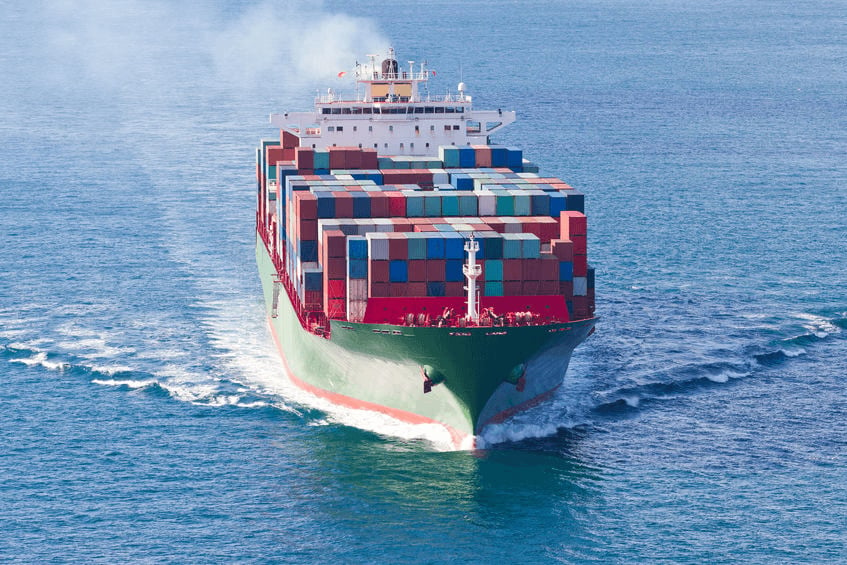 ;
;
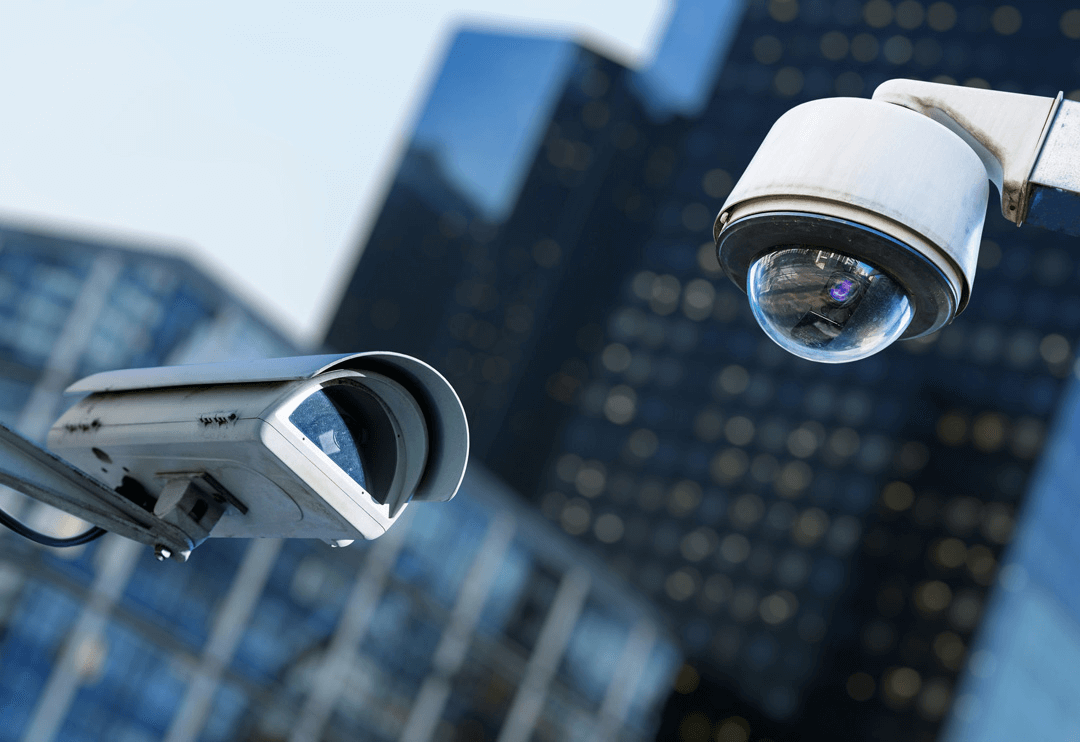 ;
;
 ;
;
 ;
;
 ;
;


